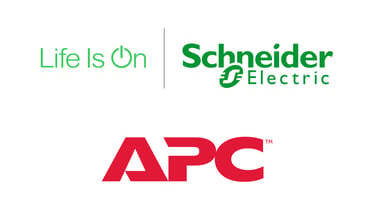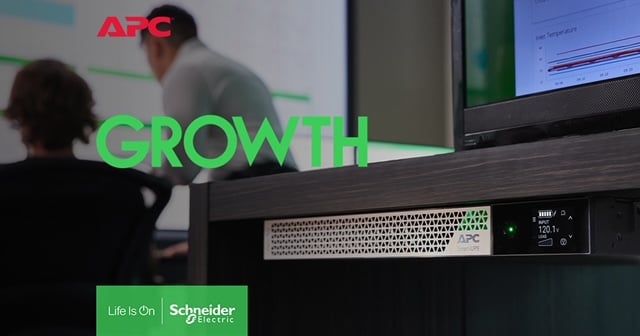August 2023 has arrived. The global pandemic in our near-distant past, teachers and students are returning to their classrooms once again. Just three years after significant crisis, school districts across the globe are challenged to create the newest normal for students.
Educational facilities have more time and information than ever before, giving them the unique opportunity to elevate digitization strategies, to embrace innovative learning tools, and to enhance physical infrastructure before the next big emergency.
K-12 Classrooms Post-Pandemic
What’s next on the radar for K-12 education technology? The only certainty is that digital transformation in the Education space will continue full force into the foreseeable future.
According to EY-Parthenon, 60% of educators adopted digital planning tools during the pandemic, and the daily usage of digital instructional materials has jumped from 28% to 52% since then. Such statistics are striking because they demonstrate a certain excitement fueling today's educational instructors.

The adoption of new tools, materials, and resources is undoubtedly beneficial to the developing minds which consume new information; however, because the demand for data continues to increase, IT infrastructure becomes only more strained.
The result is that schools have to bolster their physical environment with more reliable, integrated technology to avoid downtime and connectivity issues.

Don't believe us? Grand View Research reports that, in 2021, the value of the global education technology market was $106.46 billion.
It doesn't stop there. The market is expected to grow annually by 16.5% from now until 2030, and earn up to $404 billion in 2025. That is an astounding growth rate, and one that demonstrates the crucial role that K-12 technology will continue to play in post-pandemic classrooms.
How will this immense growth influence the operation of educational facilities?
Our trusted partner APC has determined the top action items for IT managers to add to their to-do lists this year.
With the availability of better budgeting and funding options, APC reassures us that K-12 school districts will remain well-positioned to continue transforming their education strategies via technology. The American Recovery Plan Act (ARPA) and the E-Rate Connectivity Fund, for example, intend to help schools and libraries in the United States gain access to high-speed internet for online education and services.
Collaboration and connectivity, while exciting and engaging for users, do not come without risks. Device lifecycle management and cybersecurity solutions are equally important considerations for the Education market, and shouldn't be side-stepped in favor of a quick fix.
The evidence is conclusive. While K-12 classrooms are eager to transform their approach to education, only those with a digital strategy and robust physical infrastructure will triumph.

Contact your local Accu-Tech Representative to learn more about which APC Solutions work best with your unique classroom environment.






.png?width=58&height=58&name=X_logo_2023_(white).png)
